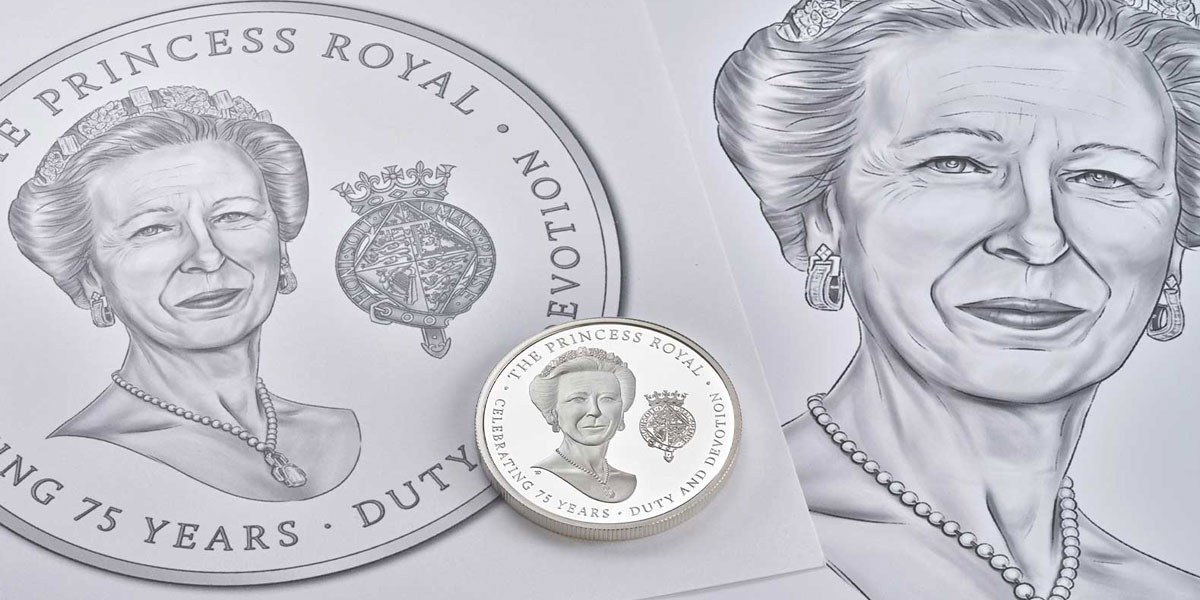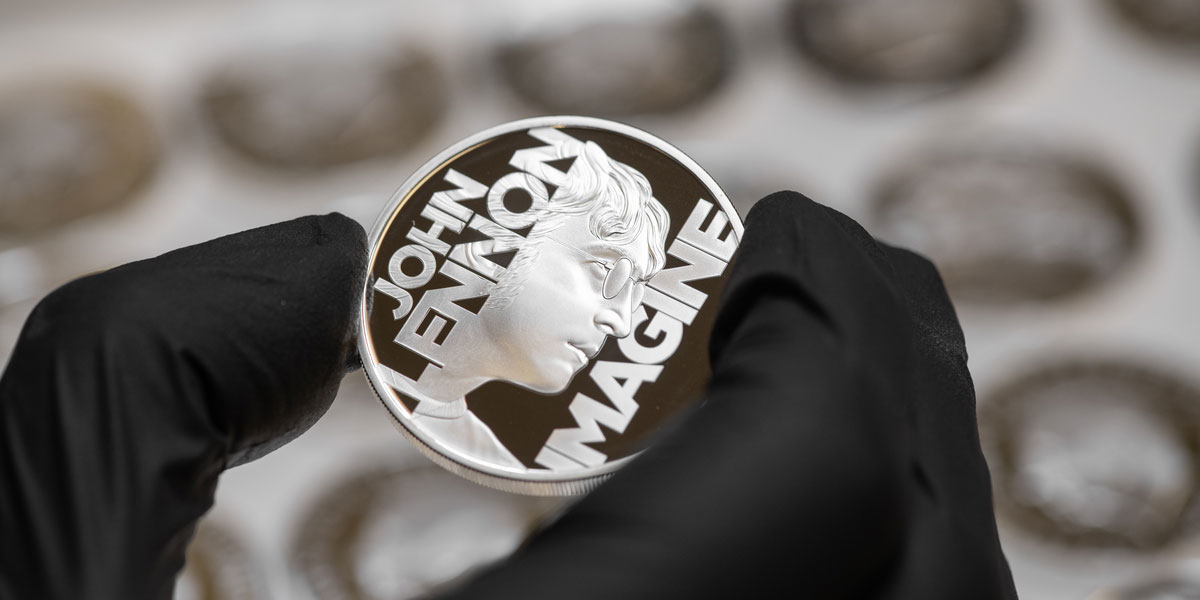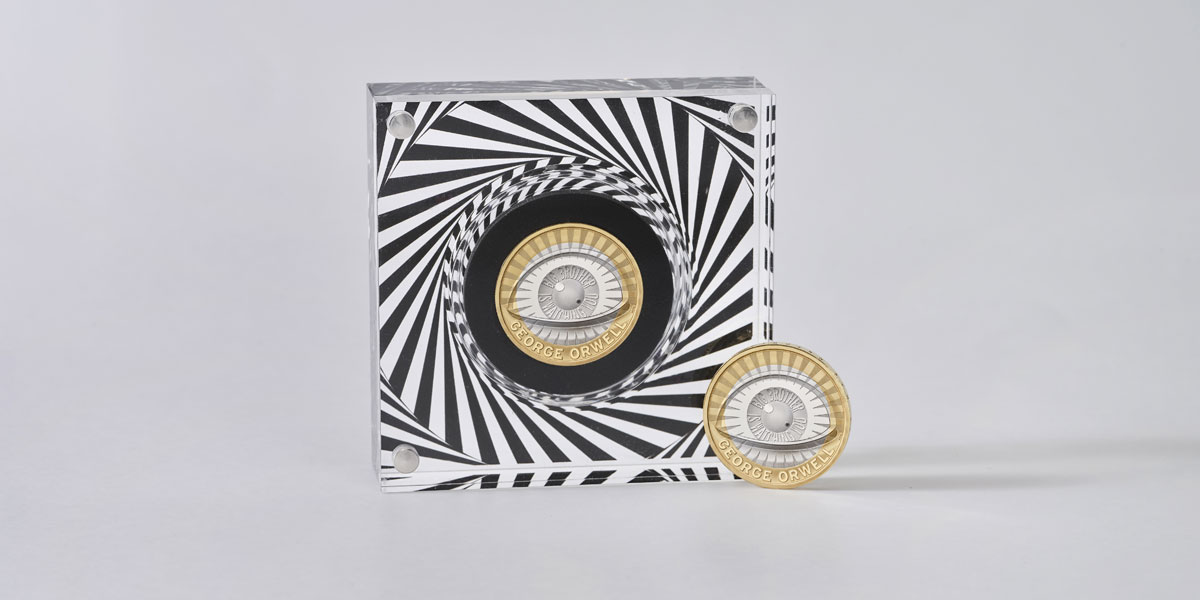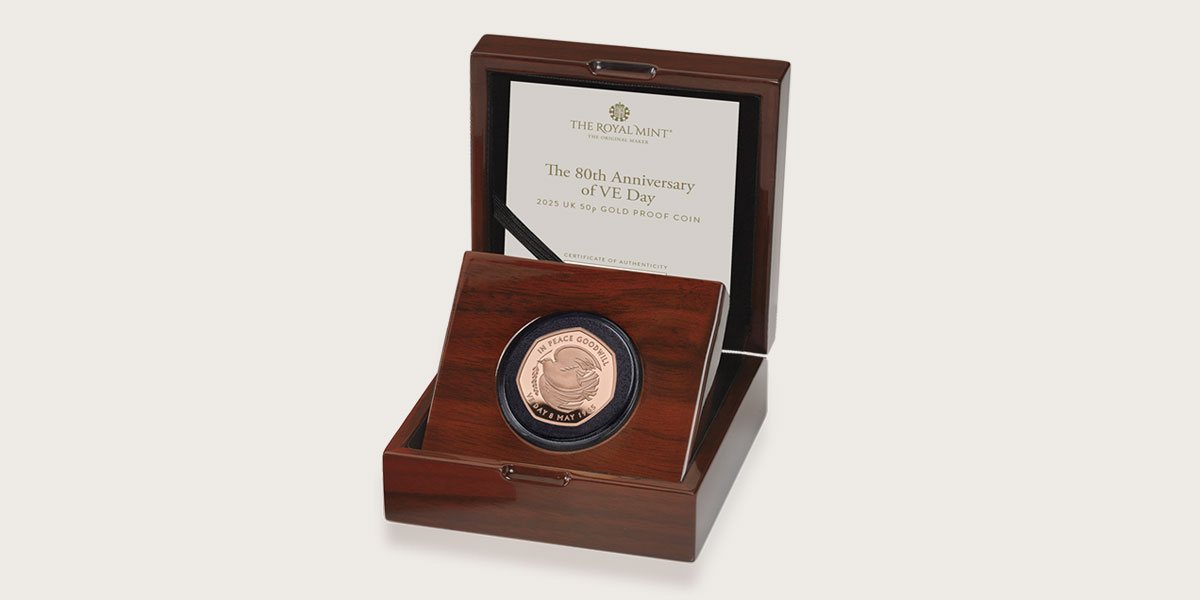Commemorative Coins
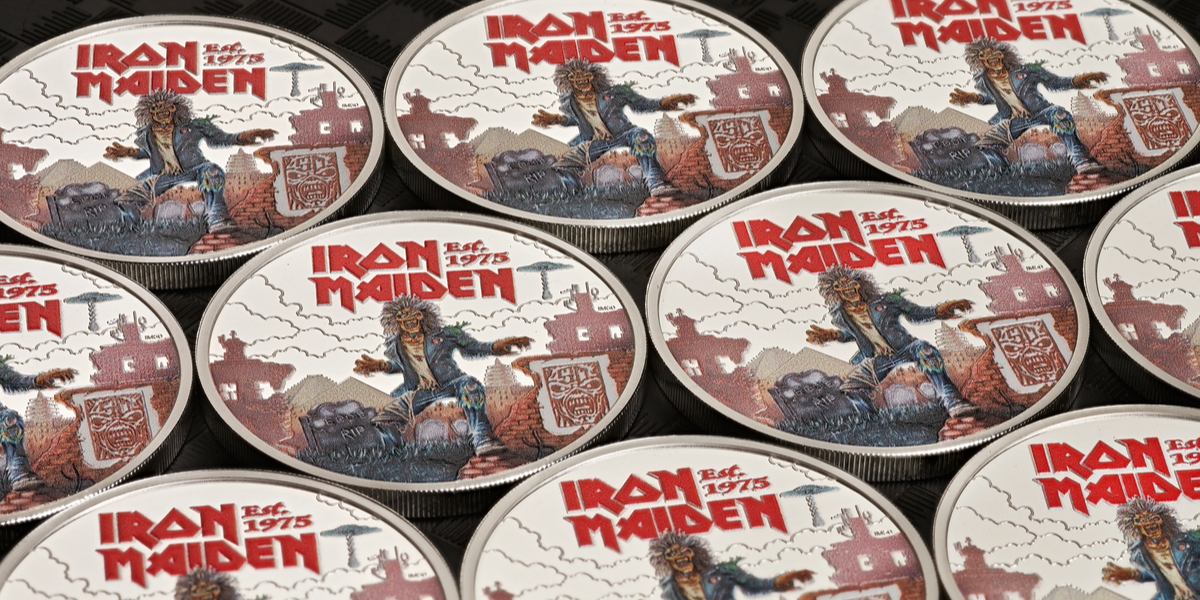
Commemorative coins cost more than circulating coins for several reasons: their metal composition, quality of finish, exclusivity, presentation and high standard of British craftsmanship. Let's explore these factors in more detail.
Metal and Quality of Finish
Commemorative coins are available in a range of editions, including Gold Proof, Silver Proof, Piedfort, Bullion, and Brilliant Uncirculated. Unlike circulating coins, these editions often contain precious metals, which significantly enhance their value and appeal to collectors. Proof and Brilliant Uncirculated coins also have a higher quality of finish. They are struck more times than circulating coins and individually inspected by hand.
Exclusivity
Except for non-coloured Brilliant Uncirculated coins, our commemorative coins are struck in limited quantities—making them more exclusive, collectible, and desirable among collectors. Coloured Brilliant Uncirculated coins are available exclusively from The Royal Mint. The specialist colour-printing process enhances their visual appeal and contributes to their higher price compared to their non-coloured counterparts.
Craftsmanship
Each commemorative coin is struck individually and undergoes meticulous hand inspection to ensure a flawless finish, with any coins showing imperfections carefully excluded from sale. Because Proof coins are struck multiple times to achieve their exceptional detail and quality, fewer are produced—making them especially sought-after by collectors. Bullion coins, while sharing a finish quality similar to circulating coins, are crafted from precious metals and undergo thorough polishing to remove minor blemishes. Purchased primarily for their intrinsic value, bullion coins are often held as a secure financial asset.
Presentation
Commemorative coins are offered in a variety of presentation options—from informative booklets detailing the coin’s significance to specially designed acrylic blocks and bespoke cases.
Authenticity
Our commemorative coins come with an assurance of authenticity. Brilliant Uncirculated coins have the full specifications printed on the packaging and Proof coins come with a Certificate of Authenticity, including the Maximum Coin Mintage and Limited Edition Presentation figures.
Circulating Coins
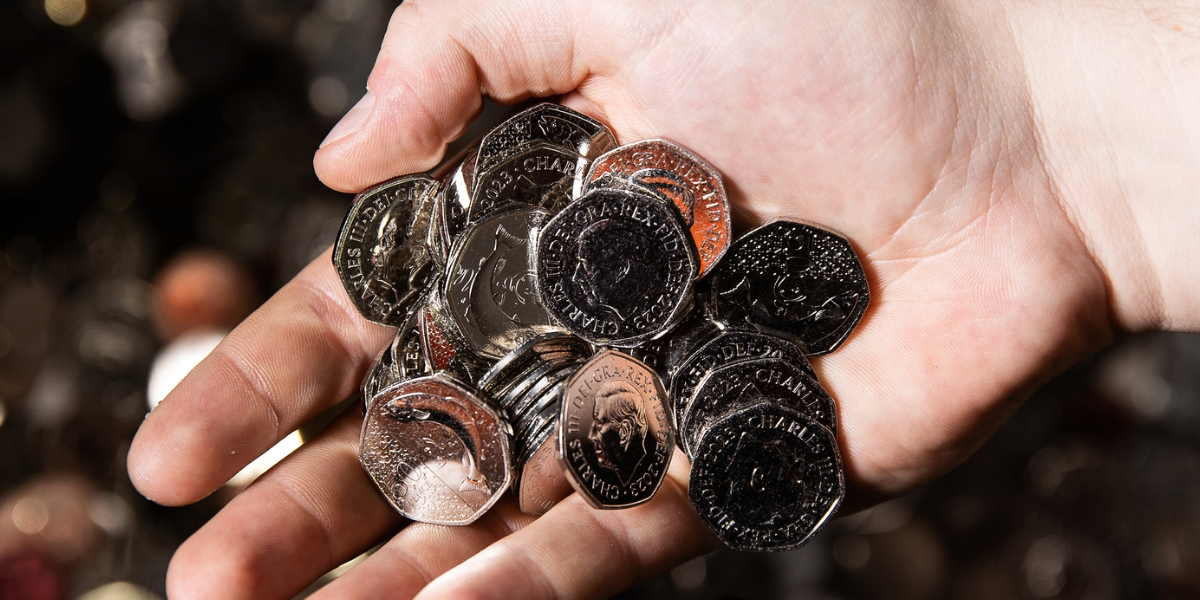
Metal and Quality of Finish
Circulating coins are struck only once, resulting in a standard finish where any minor scratches or imperfections remain, contributing to each coin’s unique character. They are made from cupro-nickel, a durable but less valuable metal compared to the precious metals used in commemorative coins. These are the two main reasons why their cost and value is lower than commemorative coins.
There is no right or wrong way to collect. It all depends on your motivations and preferences. If you are willing to pay the extra cost for coins that are more attractive, are older with historical significance and scarce, or you are looking for a coin gift for someone, then commemorative coins and sets could be the best option for you.

